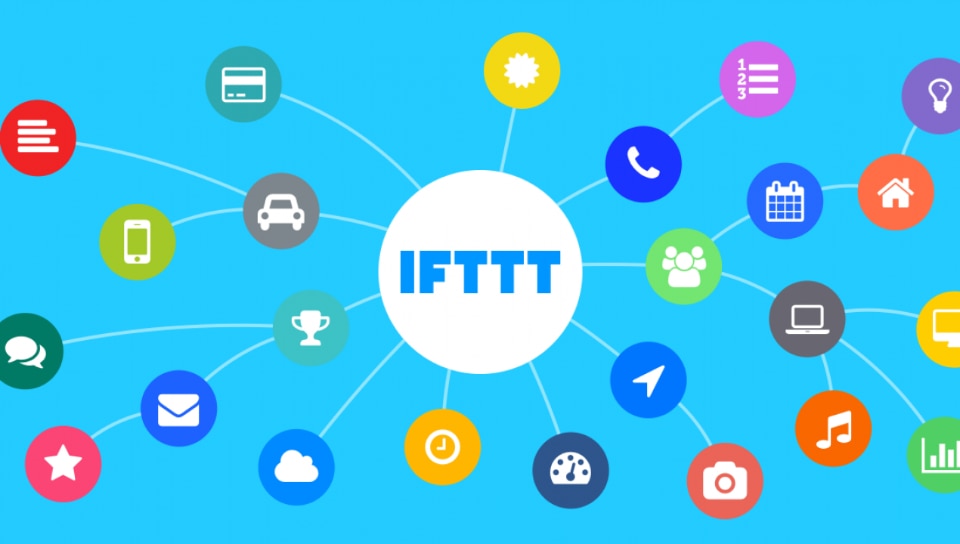For many it is just an incomprehensible abbreviation, but for others it is the key to technological control. Let's talk about IFTTT, a web service that, thanks to the spread of home automation, is becoming increasingly relevant in the industrial world.
The acronym stands for If This Then That, and IT is a procedural code that indicates a trigger (This) that causes an action (That) automatically. It therefore allows services or connected devices to communicate with each other without our slightest intervention. A classic example can be the surveillance camera that turns on when your smartphone's GPS detects that you've left the house, or your garage door that opens and the garden lights that turn on when your car is nearby.
IFTTT is a free service that allows the creation of chains of actions and reactions, called Applets or Recipes. IFTTT started as an experiment designed for makers in 2010, but over time IFTTT has grown so much that today it is also used by the main manufacturers of connected devices, from refrigerators to air conditioners and smart washing machines. The experimental part, however, still plays an important role. It’s really useful if used with a digital assistant as Alexa or Google Assistant.
By registering for free on the website or through the apps for iOS and Android, even those who are unfamiliar with computer science can experience the many possibilities of IFTTT in a few clicks. The homepage suggests some "ready to use" recipes, but by using the search bar you can find other applets and customize them. In order to create a recipe from scratch, you just need to click "Create". It is simple and quick: it allows you to replace a trigger to the word This and an action to the word That, and your recipe will be ready. Compared to a few years ago, IFTTT is now much easier to use thanks to the presence of multiple partners. For example, we can use TomTom navigators, Daikin air conditioners, Arlo and D-Link surveillance cameras, LG and Samsung washing machines as triggers or actions. The list includes hundreds of companies and most of the latest home automation systems but also social networks, car sharing services, voice assistants and information services. The most bizarre partners are perhaps the WWF and the United Nations news service.
However, IFTTT does not always require your active participation. Most of the connected services that we use today with various devices are on IFTTT without our knowledge. In fact, IFTTT Inc generates a large part of its revenue thanks to their partners, who pay to include their products and services in the platform. The most fun part, however, remains the experimental part. Even on the web, after all, saying "I did it myself" remains a source of satisfaction even if creating the recipe was even easier than making a scrambled egg.


